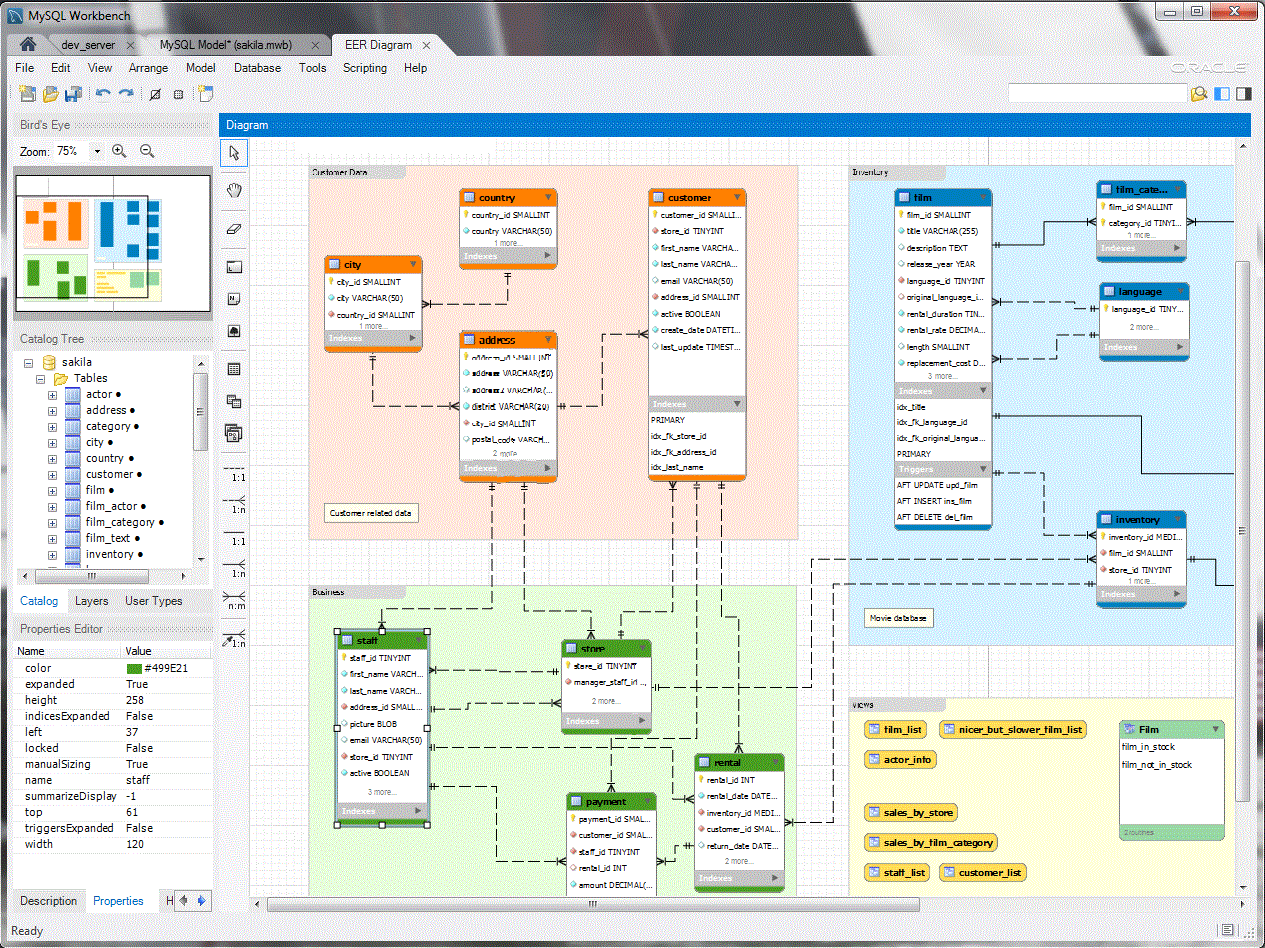

PSEQUEL GUIWINDOWS HOW TO
If you don’t know how to find it, using PSequel can seem impossible. Unfortunately for us, the location of this private key can be different for every machine. Luckily for us, Vagrant does typically utilize this method of authentication (when you SSH into the Vagrant machine, for example, a private key is used so you don’t have to enter a password). In the case of PSequel, the only authentication method that is supported is key authentication.

This makes it incredibly simple to use applications that support SSH tunneling.
PSEQUEL GUIWINDOWS PASSWORD
Most Vagrant boxes have a default username and password (vagrant and vagrant respectively). I’m sure there was a good reason for this, but in the case of Vagrant it is irritating nontheless. While PSequel does support SSH tunneling, what it does not do is support password authentication. SSH tunneling allows an application to first connect to a machine (in this case a virtual machine managed by Vagrant), and act as normally as if it were connected directly to a service on your personal machine. The biggest requirement for a GUI of any sort (whether it is for a database client or something else), is the ability to use SSH tunneling to connect to the server. In the good old MySQL world, my favorite client is Sequel Pro, but its support for PostgreSQL doesn't seem to be happening. However, they are either web-based, Java-based* or don't support the features I want. I know there is a list of PostgreSQL GUI Tools. However, I found its UI is clumsy and complicated.

Well, pgAdmin is great for its feature-richness.


 0 kommentar(er)
0 kommentar(er)
